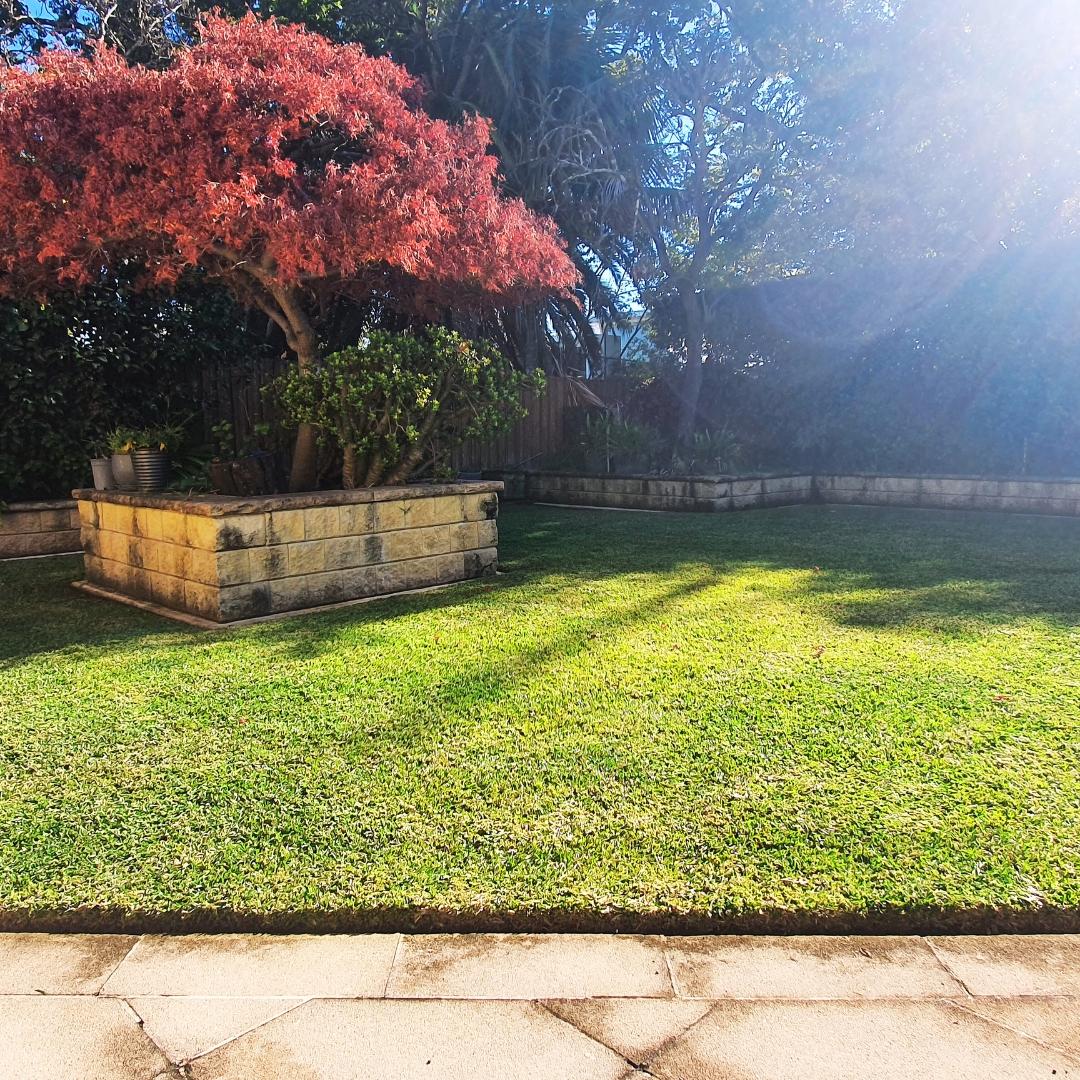
Overcoming Common Lawn Problems
A lush, green lawn is the goal for many homeowners, but it’s not always as simple as planting grass and waiting for it to grow. Lawns face a variety of challenges, from environmental stresses to pests and diseases, which can leave them looking patchy, brown, or weak. The good news is that most common lawn problems can be overcome with the right knowledge, tools, and care.
Yellowing Grass: Causes and Solutions
Problem: One of the most frequent complaints from homeowners is yellowing grass. This can occur for a variety of reasons, and pinpointing the cause is key to addressing the issue.
Possible Causes:
Nutrient Deficiency: Yellow grass is often a sign of nitrogen deficiency. Without enough nitrogen, grass struggles to grow and may turn yellow.
Overwatering or Poor Drainage: Too much water or soil that doesn't drain well can lead to root rot and yellowing grass. This is common in areas with clay or compacted soil.
Pests: Grubs, chinch bugs, and other insects can damage the roots of your grass, causing it to turn yellow or brown.
Fungal Diseases: Diseases like rust or powdery mildew can affect grass, leading to yellow spots or overall yellowing.
Solutions:
Fertilize: Apply a nitrogen-rich fertilizer to give your grass a boost. Make sure you use the appropriate type of fertilizer for your grass variety.
Water Correctly: Adjust your watering schedule to ensure you’re not overwatering. Lawns generally need about 1-1.5 inches of water per week.
Check for Pests: Look for signs of pests and apply targeted treatments, like insecticidal soap or organic pest controls, to eliminate them.
Improve Soil Drainage: Aerate your lawn to help water penetrate the soil and reach the roots, or consider topdressing with sand or compost to improve drainage.
Brown Patches: What Causes Them and How to Fix Them
Problem: Brown patches are unsightly and can spread quickly if not addressed. They are caused by a variety of factors, from diseases to improper care.
Possible Causes:
Fungal Infections: Lawn diseases such as brown patch, dollar spot, or red thread often cause large, brown, circular patches to appear on your lawn.
Overwatering or Underwatering: Both extremes can stress the grass, resulting in brown patches. Too much water leads to fungal growth, while too little water causes grass to dry out.
Dog Urine or Chemical Burns: Pet urine, especially dog urine, can burn the grass, leaving behind brown spots.
Drought Stress: During dry spells, grass can go dormant and turn brown as it conserves water.
Solutions:
Identify the Disease: If you suspect a fungal infection, treat the lawn with an appropriate fungicide. Always follow the manufacturer's instructions for best results.
Water Appropriately: Ensure you are watering deeply and infrequently to avoid creating conditions that encourage fungal growth. Watering in the early morning allows the lawn to dry before nightfall, reducing the chances of disease.
Protect Your Lawn from Pets: If pets are causing brown spots, try training them to use a designated area or treat the spots with lawn repair products that help neutralize urine.
Reseed and Overseed: For large or persistent brown patches, overseed with fresh grass seed to encourage new growth in damaged areas.
Lawn Thatch: What It Is and How to Manage It
Problem: Thatch is a layer of dead grass, roots, and organic matter that accumulates on top of the soil. A small amount of thatch (about 1/2 inch) can be beneficial, but excessive thatch can suffocate the grass and prevent water, air, and nutrients from reaching the roots.
Possible Causes:
Excessive Fertilization: Over-fertilizing your lawn, especially with nitrogen, can promote excessive grass growth that outpaces decomposition, leading to thatch buildup.
Compacted Soil: Poorly aerated soil doesn’t allow water or nutrients to penetrate, leading to thatch accumulation.
Solutions:
Aerate Your Lawn: Aerating helps break up compacted soil and allows water, air, and nutrients to reach the roots.
Dethatching: If thatch has built up too much, dethatching is a solution. This involves using a dethatching rake or machine to physically remove the thick layer of thatch from the surface.
Proper Lawn Care: Avoid over-fertilizing your lawn and practice proper mowing and watering techniques to keep thatch under control.
Poor Soil: How to Improve Lawn Health
Problem: Poor soil quality is a common cause of lawn problems. Soil that is too compacted, lacks nutrients, or has improper pH levels can stunt grass growth, leading to a weak and unhealthy lawn.
Solutions:
Test Your Soil: A soil test will tell you about the pH level and nutrient content of your soil. Adjust the pH if necessary by adding lime to raise it or sulfur to lower it.
Aerate Your Lawn: Aerating compacted soil helps improve water infiltration and root growth.
Amend the Soil: Add organic matter like compost or topsoil to improve soil structure and provide essential nutrients to your grass.
While lawn problems can be frustrating, most of them are manageable with the right care and attention. By identifying the causes of common issues like yellowing grass, brown patches, weeds, pests, and poor soil, you can take proactive steps to restore and maintain a healthy, beautiful lawn. With patience and consistency, your lawn will not only overcome these common problems but thrive for years to come.
Remember, a lush lawn isn’t just about aesthetics—it’s about creating a space where you and your family can relax and enjoy the outdoors. Happy lawn care!


